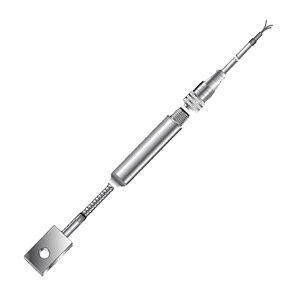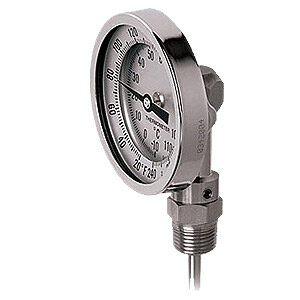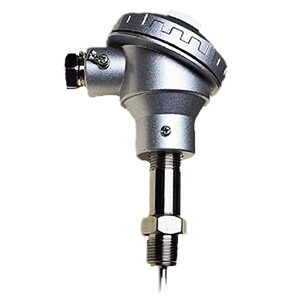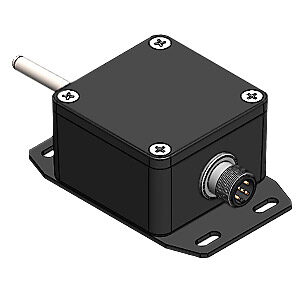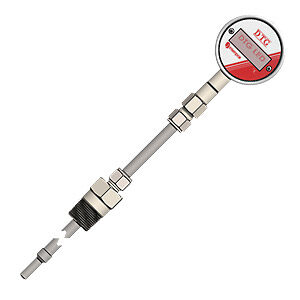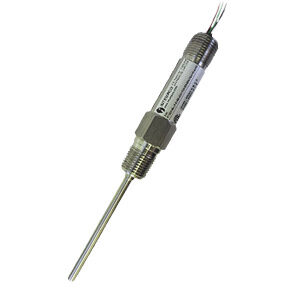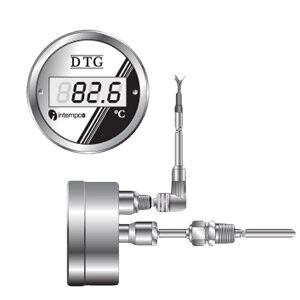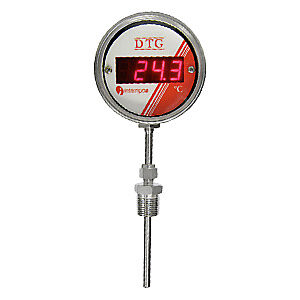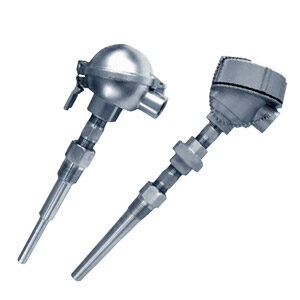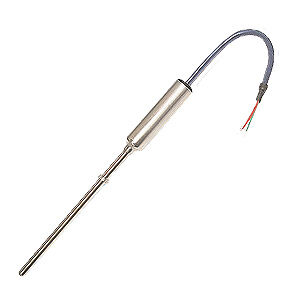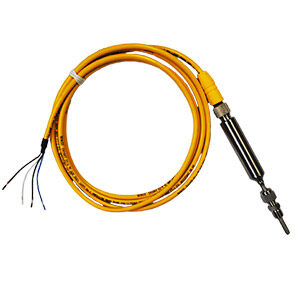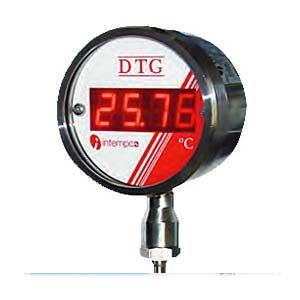Why Use an RTD Temperature Sensor?
When it comes to measuring temperature in industrial processes, RTDs (Resistance Temperature Detectors) are the preferred choice for many applications. RTDs come in several different types, but all of them measure changes in electrical resistance in response to changes in temperature. This is known as the “R-T” curve, and it allows for precise measurement of temperature within a wide range of temperatures.
The most common type of RTD is the Pt100 temperature sensor, which has a resistance of 100 ohms at 0°C and 138.5 ohms at 100°C. Other RTD types have different resistance values at various temperatures, but they all follow the same general pattern of resistance increasing with temperature.
The exact resistance value can then be used to calculate the temperature of the material being measured.
The advantage of using an RTD over other temperature sensors is that they are very accurate and repeatable. This makes them ideal for industrial applications that require precise temperature measurements. Furthermore, their resistance to temperature changes is very stable over long periods of time, making them reliable and durable.
What is the temperature range of RTDs?
Typically, RTDs can measure temperatures from -200°C to +850°C, although some can go up to 1,100°C. As such, they are well suited for a wide variety of industrial applications, ranging from process control and automation to laboratory work. With the right RTD for your application, you can be sure that your temperature measurements will be both precise and reliable.
What Accuracy do You Need?
When choosing an RTD (resistance temperature detector) or Pt100 temperature sensor for your industrial process, it’s important to consider the accuracy requirements of the sensor. Different types of RTDs have different resistance to temperature changes. This can affect the accuracy of the readings. If a high degree of accuracy is needed, then a platinum 100-ohm (Pt100) type is usually best.
The accuracy of an RTD is typically stated in terms of its maximum expected error at a given temperature. This error may be as low as 0.1°C for a Pt100 RTD, but could be as high as 3°C for a copper 100-ohm RTD.
The best way to determine the accuracy you need is to consider the range of temperatures that will be encountered in your application. For example, if you are monitoring temperatures that span from -50°C to +150°C, you should look for a sensor with an accuracy of at least 0.2°C within that range.
Finally, it’s also important to consider the temperature range of the RTD itself. Most standard RTDs are rated for use up to around 400°C, but there are specialised sensors available with higher temperature ranges up to 900°C. Make sure that the sensor you select can handle the expected temperatures in your application.
What Repeatability do You Need?
When selecting an RTD temperature sensor for your industrial process, it is important to consider the required repeatability of the sensor. Repeatability, also known as stability, refers to how accurately the resistance of the RTD changes with temperature over multiple readings. Generally, different types of RTDs can provide different levels of repeatability. For example, a Pt100 temperature sensor has higher repeatability than other RTD types due to its relatively low resistance to temperature change.
However, it is important to note that the accuracy of the measurement is also impacted by other factors such as the thermal time constant. The thermal time constant is the amount of time it takes for an RTD to reach a steady state at a given temperature, and it is affected by the mass and thermal conductivity of the material used for the RTD. Additionally, what is the temperature range of RTD? It is important to select an RTD with a temperature range that meets your needs. As such, it is important to consider all these factors when selecting an RTD for your industrial process.
What Is the Thermal Time Constant?
The thermal time constant is a measurement of how quickly an RTD (resistance temperature detector) can detect changes in temperature. It is important to consider this when choosing the right RTD for your industrial process. Different types of RTDs have different thermal time constants, ranging from 0.2 seconds to several minutes.
For example, a Pt100 temperature sensor is known for its fast thermal response time of around 0.2 seconds, whereas a standard platinum RTD with a resistance range of 100Ω to 500Ω may have a thermal time constant of up to 60 seconds.
The thermal time constant is also important when considering the temperature range of the RTD. If you need to measure temperatures that vary quickly, you will need an RTD with a faster thermal time constant. If you are measuring temperatures that vary slowly, then you can get away with an RTD with a slower thermal time constant.
What Is the Self-Heating Error?
The self-heating error is an important factor to consider when selecting a resistance temperature detector (RTD) for your industrial process. It occurs when the RTD’s own heat causes a change in its resistance. This can cause a false reading or incorrect measurement. Self-heating errors are more likely to occur in applications with higher temperatures and when using a Pt100 temperature sensor.
The magnitude of the self-heating error depends on several factors, including the type of RTD being used, the resistance of the RTD to changes in temperature, and the temperature range of the RTD. For example, an RTD with higher resistance to changes in temperature will require more power to operate, leading to a larger self-heating error. Additionally, the greater the temperature range of the RTD, the more likely it is to experience self-heating errors.
To minimize self-heating errors, it is important to select an RTD with the right resistance and temperature range for your application. It is also important to ensure that the power supplied to the RTD does not exceed its rated value and that proper cooling measures are taken in high temperature applications. By taking these steps, you can ensure that your RTD operates accurately and efficiently.
What Other Factors Are Important?
When choosing an RTD temperature sensor for your industrial process, there are several additional factors that you should consider.
The type of RTD used is important as different types of RTDs have different resistance-to-temperature characteristics. The most common type is the Pt100 temperature sensor which has a wide range of applications in industry. Other types of RTDs include Ni100, Ni120 and Cu100.
Another factor to consider is the temperature range of the RTD. Most standard RTDs are designed for use between -200°C and 850°C, although some specialty RTDs can be used up to 1400°C. Make sure that you choose a sensor that can measure temperatures within the range required for your application.
Finally, it’s important to make sure that the sensor is suited to your particular environment. Some RTDs require special coatings or insulation to prevent corrosion or maintain accuracy in extreme temperatures. Be sure to select an RTD that meets the specific requirements of your process.
By considering all these factors carefully, you can ensure that you select the right RTD temperature sensor for your industrial process.
RTD Sensors and Probes from Canada
WJF are a leading Canadian supplier of RTD Temperature sensors and probes. We offer a huge selection and highly experienced technical support and consultation. RTD selection can be challenging, contact us with your requirements and we will work with you to advise the best configuration for your needs.
